Erosion is the process of wearing away of things. It is used a lot in the context of our Earth. When a big landform- let us say a mountain, gradually wears away to become a smaller hill, we say it has eroded. Erosion can also happen on land. Soil erosion is a very common thing. It makes the soil weaker.
So what causes erosion?
Forces of nature like wind and water cause erosion. They might sound like unusual suspects, but they are powerful forces.
Water
When rivers flow through mountains, they break up particles from these landforms along the way. The effect of such an erosion is not instant. It becomes noticeable over thousands of years. The beautiful Grand Canyon is the way it is because of the erosion caused by Colorado River for thousands of years.
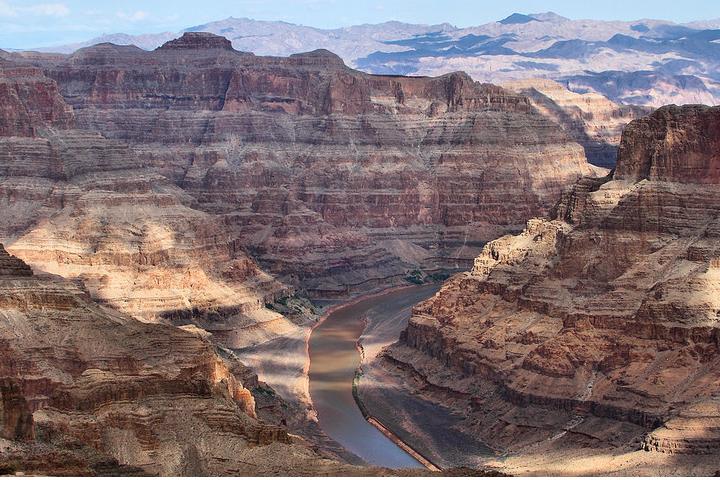
Rainfall also causes erosion. During rainfall, soil splashes due to the impact of rain drops. Such an erosion, where a bit of soil is scraped away, due to each falling raindrop, is called Splash erosion. Now imagine when heavy rain falls, millions of rain drops fall on the soil for many days, causing considerable soil erosion. Plus rain water makes temporary river streams that cause erosion too. Soil erodes less when it is packed with trees since roots hold the soil together tightly. Can you guess why rampant chopping of forests is not a good thing in context of erosion?
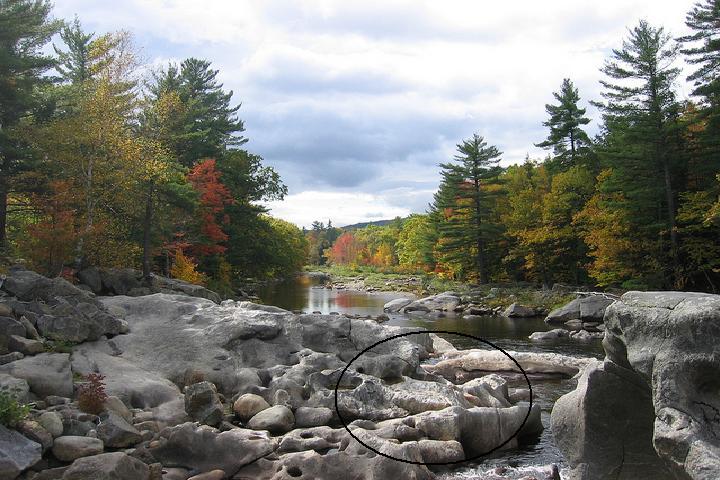
Waves on the coast also cause erosion. The immense energy of the waves hitting the cliff or rock scrapes them off. Sediment along the coast is also carried away by the high energy waves. Thus, over the years coastline becomes different.
Glaciers are made of dense ice and are very heavy. When they pass through mountains, they erode them to create valleys. Famous Yosemite Valley has been created by movement of glaciers for over more than thousand years.
Advertisement
Wind
In arid regions, wind causes erosion. When wind blows, it carries along particles with it. These particles wear down the surfaces with which they come in contact. Wind erosion has sculpted the beautiful sandstone pillars of Bryce Canyon, Utah, USA.
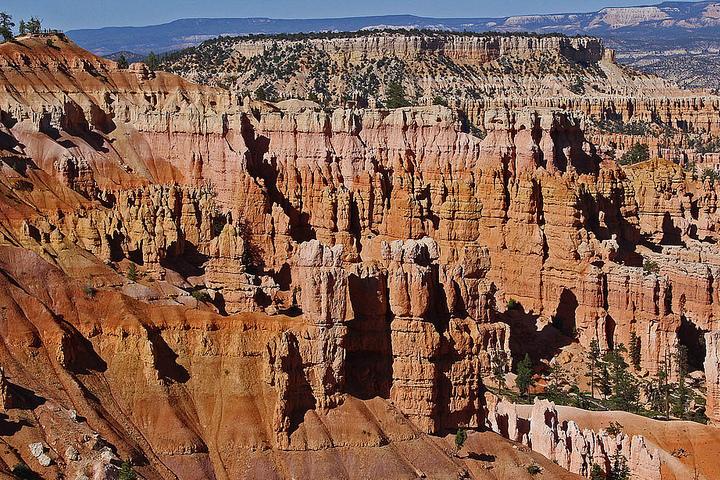
Natural disasters like floods, earthquakes and volcanoes expedite erosion. Some bit of erosion is also caused by climatic conditions. Harsh weather conditions like extreme heat or cold accelerate the breakdown of rocks.
Is erosion good or bad?
Both. Soil erosion is a bad thing as it makes the soil weaker. On the other hand, erosion in a higher area can be good for the lower area. Water running down from mountains carries soil and deposits them in a lower area. This fertile soil is good for growing food crops and raising animals. Do you know that many ancient civilisations like Indus valley civilisation came up along the banks of rivers? Think why. Discovery of many Fossils in sedimentary rock can be owed to erosion.
Can you think of more good and bad effects of erosion?
Image Credit: Featured Image by Flickr User Dynamosquito, via CC
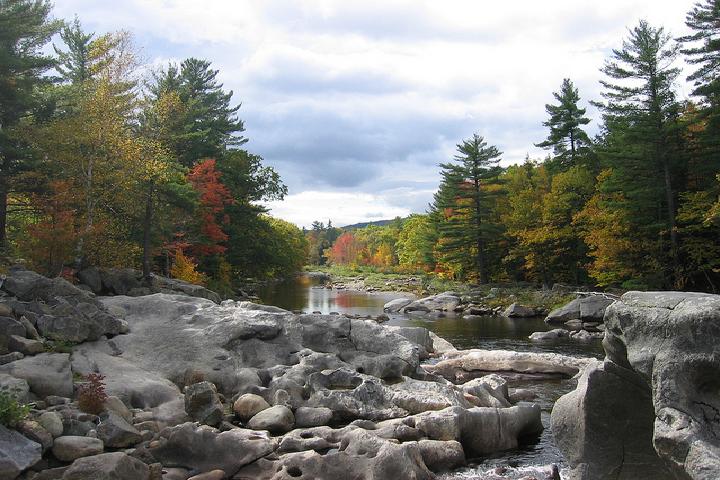


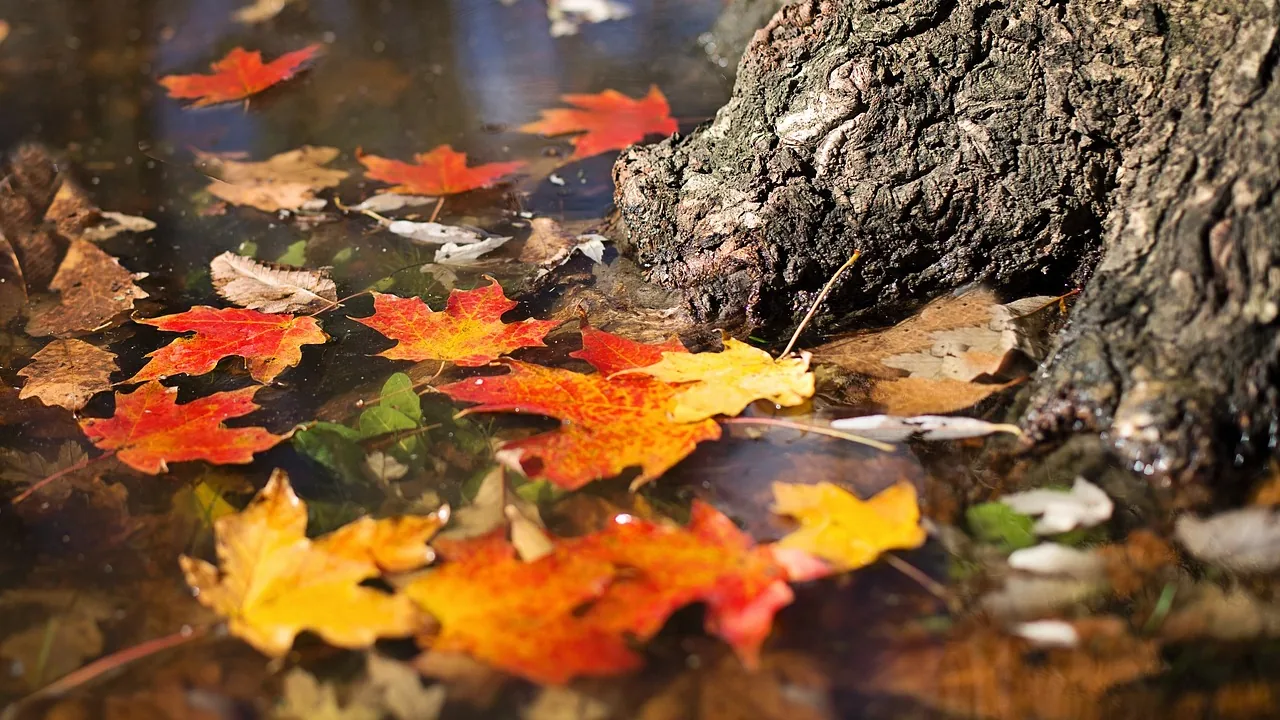

Leave a Reply